Hotspot:
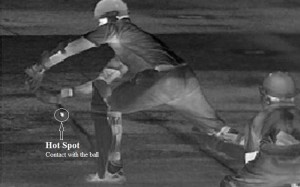
Hotspot is an infra-red imaging system. It is used in to determine whether the ball has struck the batsman, bat or pad. Hotspot requires two infra-red cameras. They fixed on opposite sides of the ground above the field of play. It helps to continuously record an image. Any suspected snick or bat/pad event can be verified by examining the infrared image. That shows a bright spot where contact friction from the ball has elevated the local temperature. Its use is based on the referrals. In the case of referral, it’s used to enhance the on-field umpire’s decision-making accuracy. Where referrals are not permitted, it’s used as an analysis aid for televised coverage.For more information click here.
(You will also like Snickometer | Controversial part of the DRS)
Application in Cricket:
Its principal use in cricket is in deciding LBW and caught. It also shows whether the ball has struck the batsman’s bat or pad. It helps in determining if a batsman is dismissed or not on appeal for LBW or caught.
It helps to resolve one of the most difficult decisions. Whether the ball struck the pad, or the bat, or if both, whether the pad or the bat was struck first. If the ball hits the bat, or the bat followed by the pad, then the batsman could be out caught. If the ball hits the pad in front of or in line with stumps, then the batsman could be out LBW. If the ball hits the pad followed by the bat, then the batsman could be out LBW. He can also be given out caught if a fielder catches the ball. The batsman’s bat and pad are often close together. It can be very difficult to determine by eye which was struck first. Here the hotspot technology can often resolve the question.
It is also used to show which part of the cricket bat hit the ball. The batsmen try to “middle” the ball every time. It means the bat meets the ball where the sweet spot lies. Hot spot camera provides some valuable information about it. It does that by analyzing each stroke played by a batsman.
(You will also like DRS | A Blessing or a Curse)
Mechanism:
Hotspot uses two infra-red cameras. They positioned at either end of the ground. These cameras sense and measure heat from friction, generated by a collision. The collision could be of ball on pad, bat, ground or glove. Then a subtraction technique comes into play. It generates a series of black-and-white negative frames into a computer. That precisely localizes the ball’s point of contact.
History:
Hotspot uses technology developed in the military for tank and jet fighter tracking. The technology was founded by French scientist Nicholas Bion. It was adopted by the Australian Nine Network.
The technology was adapted for television by BBG Sports. This is an Australian company responsible for the Snickometer, in conjunction with Sky Sports.
The technology was first used during 2006-07. Occasion was the first Ashes Test at The Gabba, on November 2006.
(You will also like Hawk-Eye | The Eyes of the DRS)
Advantages:
Hotspot has two main advantages over its competing technology, the Snickometer. The Snickometer is a sound-detection based system.
Snickometer produces sounds through contact (combination of bat, pad and ball). Hot Spot clearly shows exactly what the ball strikes. Analysis of the Snickometer sound with pictures takes time. That makes it not suitable for use in DRS system. Hot Spot provide instant results.


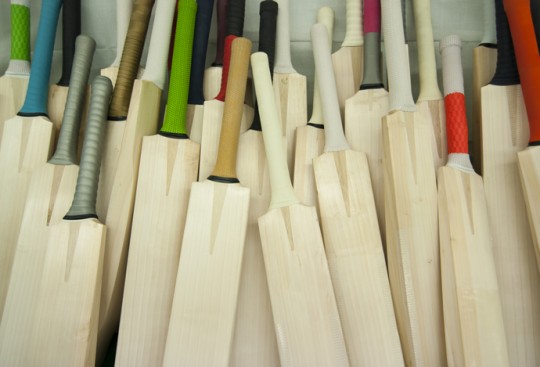
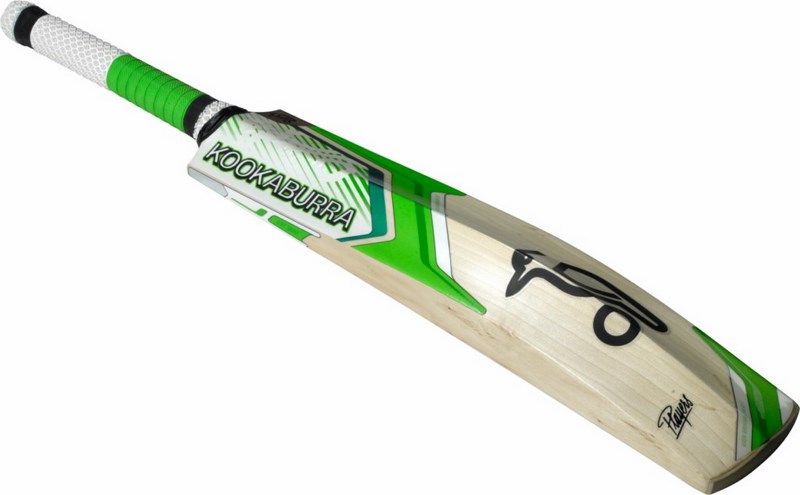
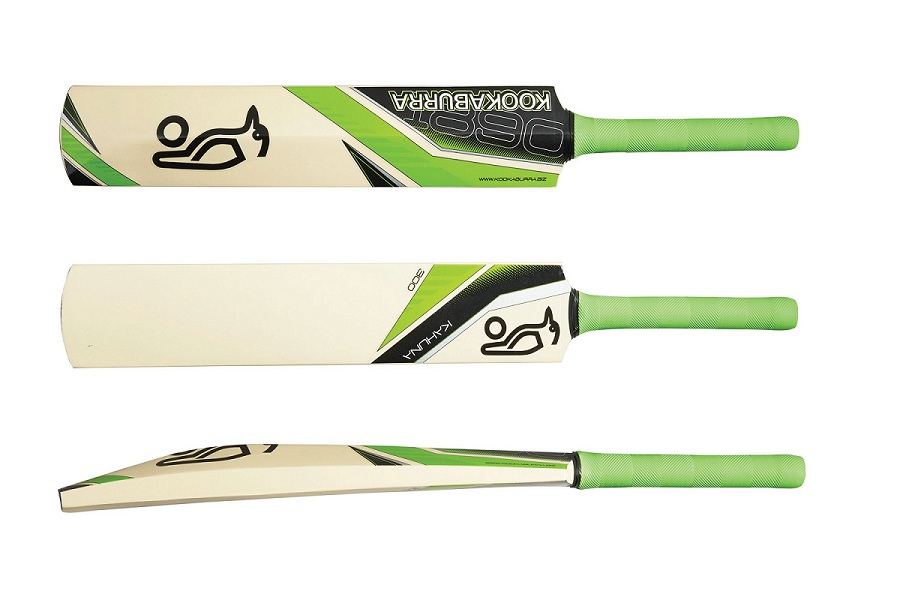
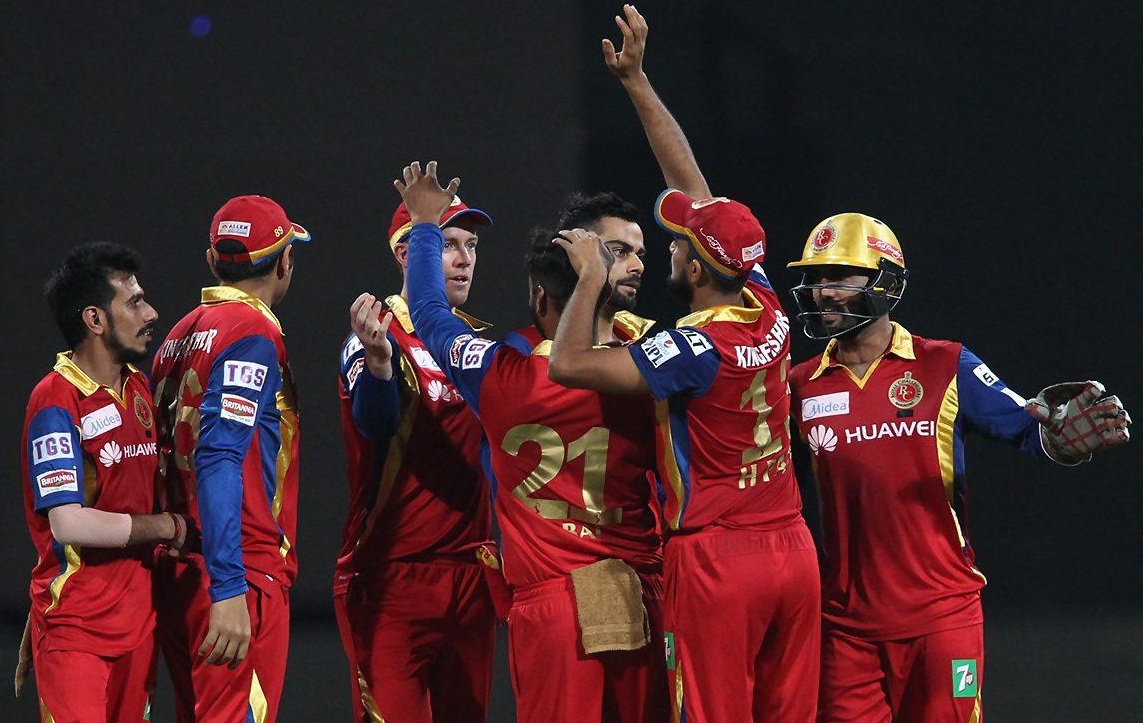


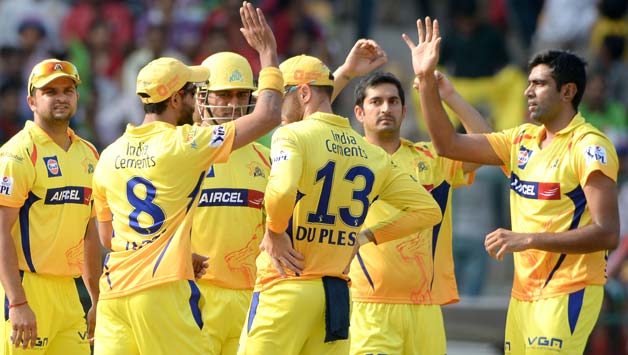
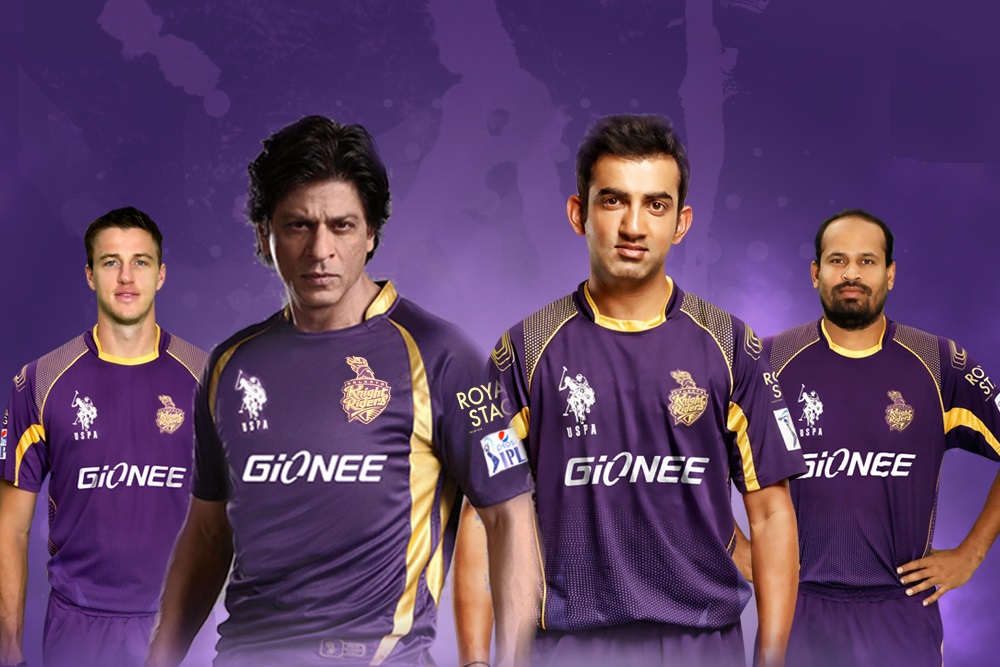

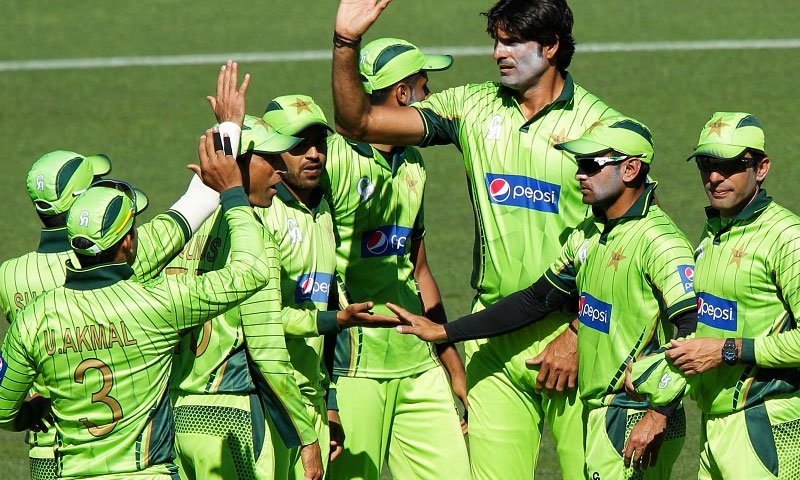


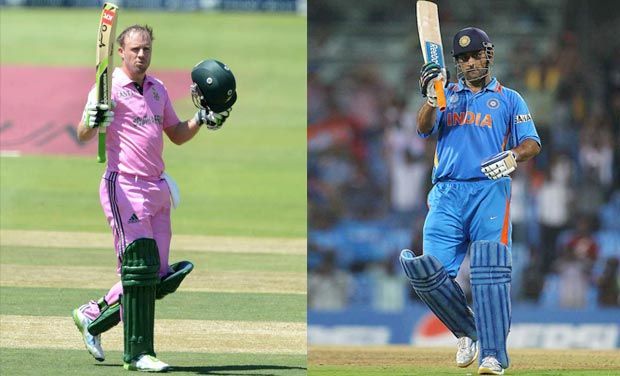
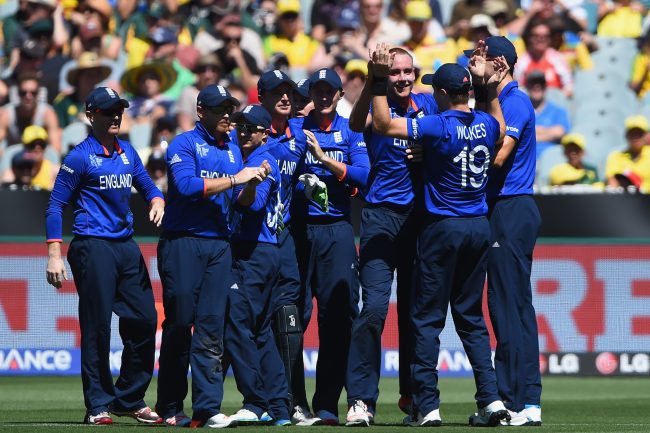

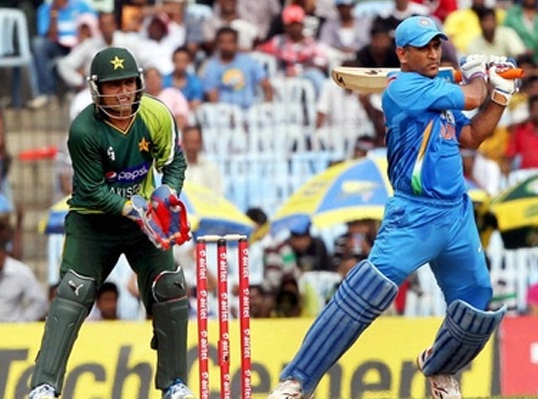
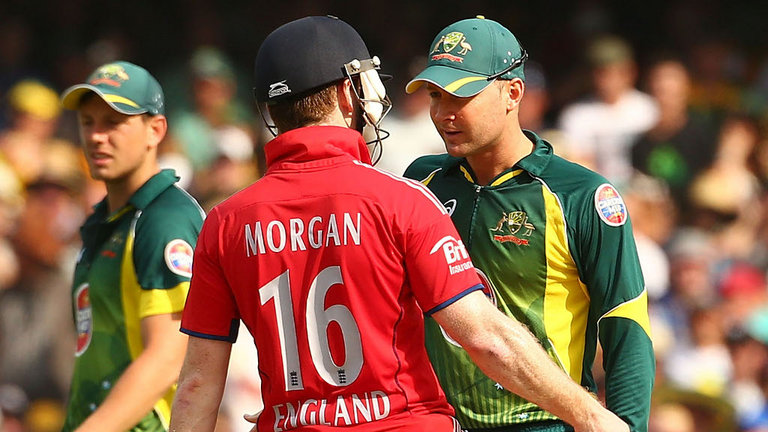
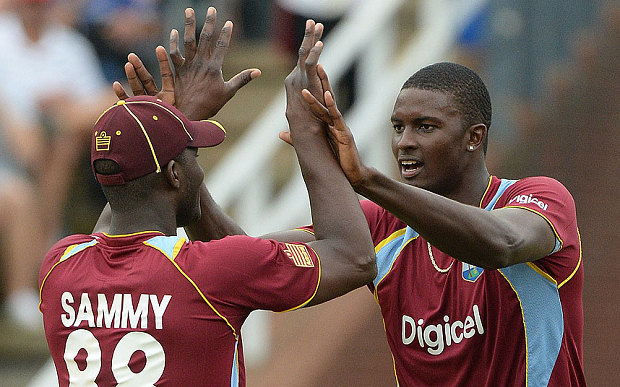
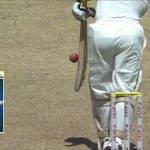
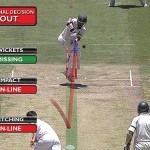
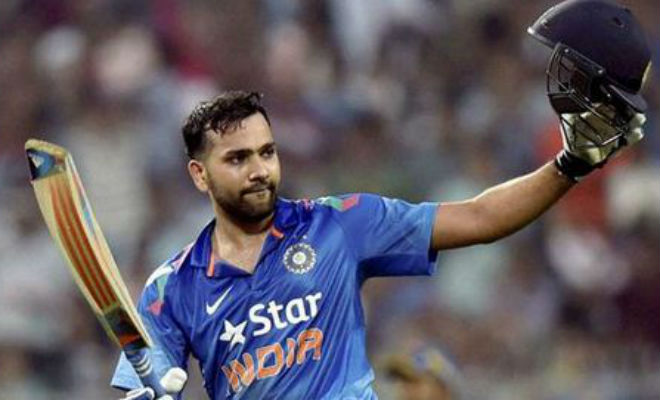
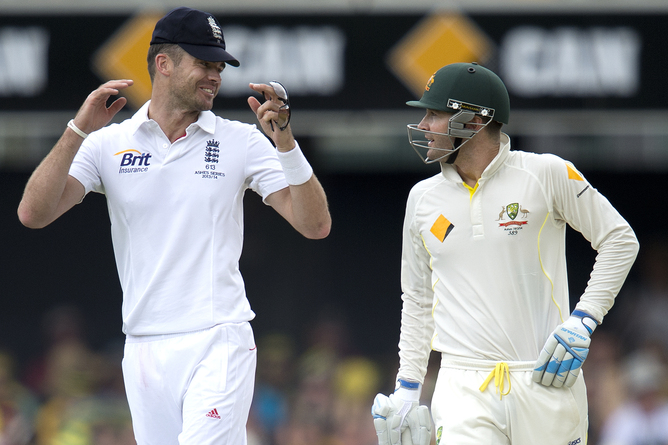
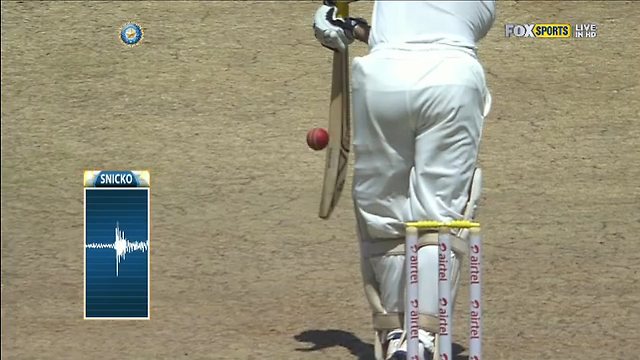
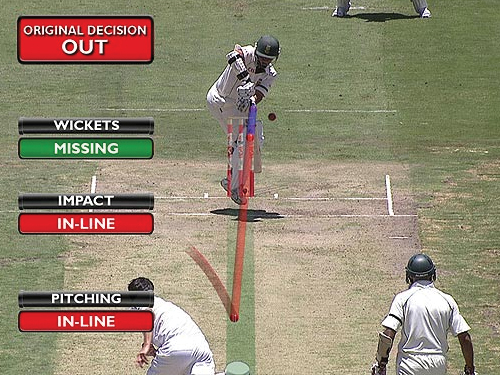
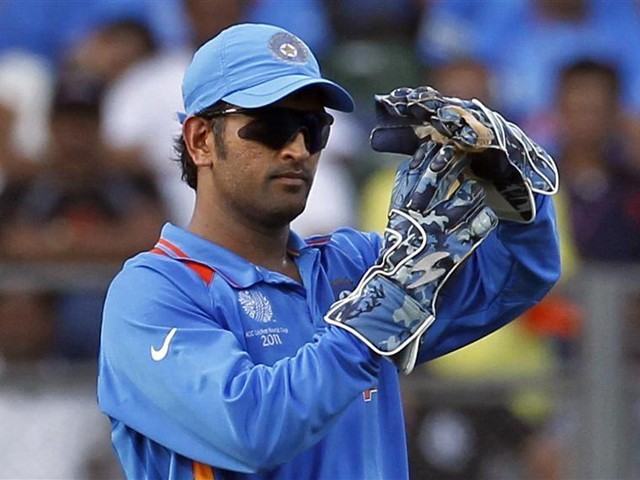
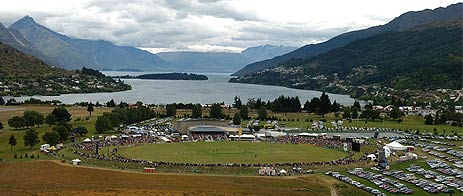

Connect with us